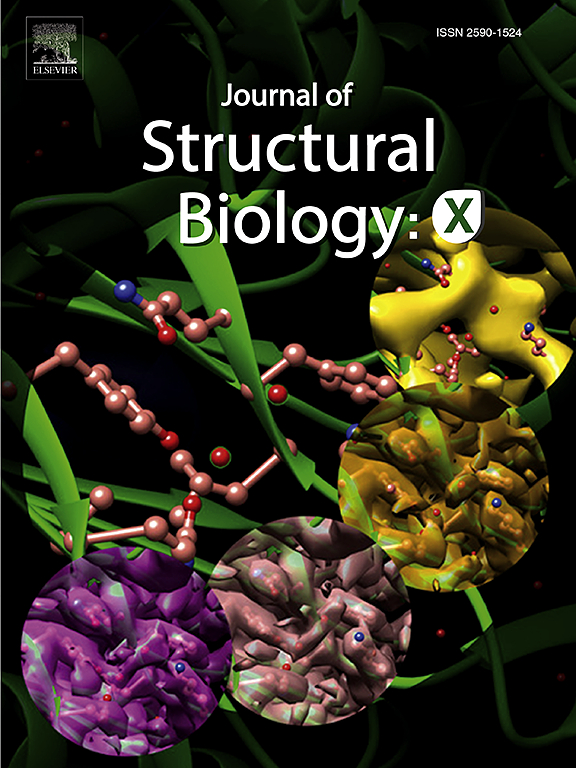淀粉样蛋白-核酸复合物的分子识别和结构可塑性
IF 2.7
3区 生物学
Q3 BIOCHEMISTRY & MOLECULAR BIOLOGY
引用次数: 0
摘要
新出现的证据强调了淀粉样蛋白和核酸在病理和功能淀粉样系统中的相互作用的重要性。在这里,我们回顾了目前关于核酸调节淀粉样蛋白组装和结构的机制的知识,强调了控制这些相互作用的保守范式。从朊蛋白、淀粉样蛋白-β、α-突触核蛋白和功能性细菌淀粉样蛋白的研究中,我们描述了核酸如何在淀粉样蛋白形成中作为辅助因子并影响这些系统的生物学作用。尽管有这些研究,关于这些相互作用的结构特异性、序列依赖性和生物物理原理的关键问题仍然存在。生物物理和结构工具,如核磁共振波谱和冷冻电镜提供了令人兴奋的机会来解决这些空白,加深我们对核酸如何塑造淀粉样蛋白形成,功能和病理的理解。本文章由计算机程序翻译,如有差异,请以英文原文为准。
Molecular recognition and structural plasticity in amyloid–nucleic acid complexes
Emerging evidence highlights the importance of the interactions between amyloidogenic proteins and nucleic acids in both pathological and functional amyloid systems. Here, we review the current knowledge on the mechanisms by which nucleic acids modulate amyloid assembly and structure, highlighting conserved paradigms that govern these interactions. Drawing from studies of prion protein, amyloid-β, α-synuclein, and functional bacterial amyloids, we describe how nucleic acids act as cofactors in amyloidogenesis and influence the biological roles of these systems. Despite these studies, key questions remain regarding the structural specificity, sequence dependence, and biophysical principles underlying these interactions. Biophysical and structural tools such as NMR spectroscopy and cryo-EM offer exciting opportunities to resolve these gaps and deepen our understanding of how nucleic acids shape amyloid formation, function, and pathology.
求助全文
通过发布文献求助,成功后即可免费获取论文全文。
去求助
来源期刊

Journal of structural biology
生物-生化与分子生物学
CiteScore
6.30
自引率
3.30%
发文量
88
审稿时长
65 days
期刊介绍:
Journal of Structural Biology (JSB) has an open access mirror journal, the Journal of Structural Biology: X (JSBX), sharing the same aims and scope, editorial team, submission system and rigorous peer review. Since both journals share the same editorial system, you may submit your manuscript via either journal homepage. You will be prompted during submission (and revision) to choose in which to publish your article. The editors and reviewers are not aware of the choice you made until the article has been published online. JSB and JSBX publish papers dealing with the structural analysis of living material at every level of organization by all methods that lead to an understanding of biological function in terms of molecular and supermolecular structure.
Techniques covered include:
• Light microscopy including confocal microscopy
• All types of electron microscopy
• X-ray diffraction
• Nuclear magnetic resonance
• Scanning force microscopy, scanning probe microscopy, and tunneling microscopy
• Digital image processing
• Computational insights into structure
 求助内容:
求助内容: 应助结果提醒方式:
应助结果提醒方式:


